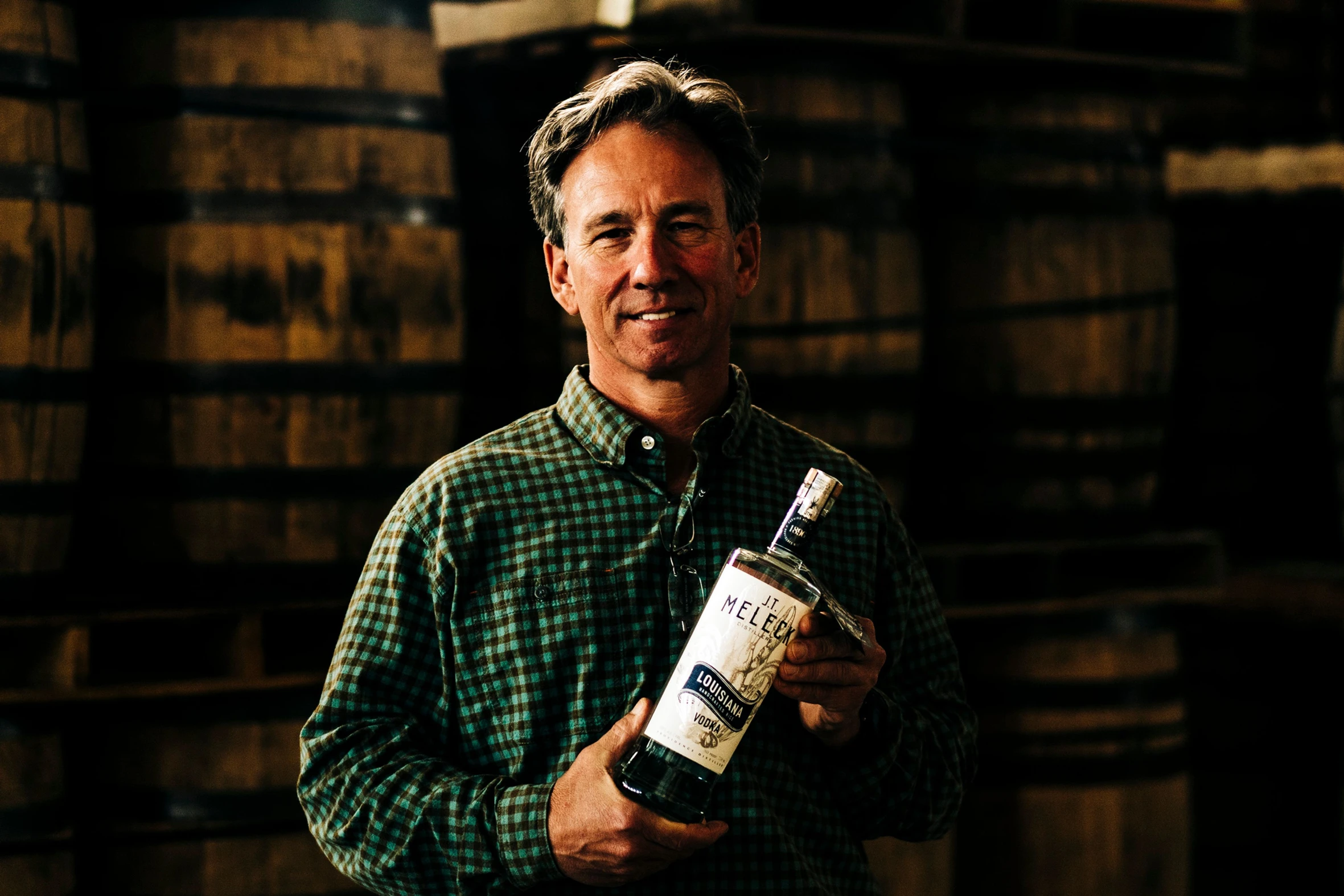If you’ve ever played the ice breaker game “Two Truths and a Lie”, you know what I’m getting at. Something here is not a truth, can you find the lie?
A. Raw materials noticeably change the flavor profile
B. The more times you distill, the better quality of vodka
C. The quality of your water affects the quality of your vodka
What’s your guess?…That’s right, if you chose B as the lie, you crushed it.
Truth #1: Raw materials noticeably change the flavor profile.
Raw materials will not only affect the flavor, but it also affects the yield. We’ve learned that our rice brings a bit of sweetness in the front and boldness toward the back, and some varieties of winter wheat are known to have some faint pepper characters.
Truth #2: The quality of water affects the quality of your vodka.
Once the distilling process is over, vodka needs to be watered down to reach 40% or 80 proof, so water comprises around 60% of the contents of the bottle. If not filtered or controlled properly, water can completely alter the taste profile a brand is trying to achieve. Not only that, but it can change the texture and smell of the vodka.
Myth #1: The more times you distill, the better quality of vodka.
We are constantly asked “how many times do you distill?”. It’s not about the number of times you distill, it’s about reaching 98% alc./vol, anything else isn’t actually a vodka. Usually, the number of distills is determined by the number of stills rather than the number of plates within a still. So, it’s common to distill 2-3 times, but anything more than 5 is a marketing exaggeration. These marketing efforts have shifted the consumer mindset to thinking that the high number of distills leads to better vodka, and if you aren’t distilling 10+ times, then your vodka couldn’t be that good. That is a myth. Arguably it could be said that such a large amount of distills, if not simply a marketing exaggeration, strips your raw materials and leaves you with a burning sensation on the palate.

